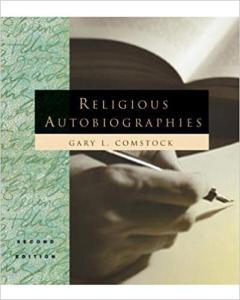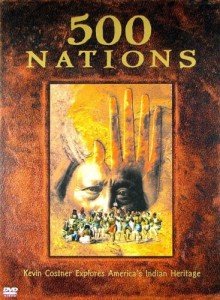Review
Discover the timeless wisdom and captivating storytelling of Black Elk, a holy man of the Oglala Sioux, in "Black Elk Speaks" by J. G. Neihardt. This profound book offers a firsthand account of Black Elk's visions, rituals, and traditional way of life, providing a unique window into Native American spirituality and cultural practices. Neihardt's masterful interpretation of Black Elk's words ensures that this spiritual journey resonates with readers of all backgrounds, offering insight and inspiration for generations to come.
"Black Elk Speaks" not only offers a glimpse into the rich heritage of the Sioux people, but it also explores universal themes of spiritual connection, the struggle for survival, and the role of tradition in the face of modernity. Through Black Elk's compelling narrative, readers will be transported to a world that is both deeply spiritual and inherently human, provoking thought and reflection on our own place within the wider tapestry of existence. With its powerful storytelling and profound teachings, "Black Elk Speaks" is a must-read for anyone seeking a deeper understanding of Native American culture and spirituality.
Black Elk Speaks is a timeless and powerful book that tells the story of Black Elk, a Lakota medicine man, and holy man, as told to John G. Neihardt. Published in 1932, this book has stood the test of time. It remains a significant piece of literature that offers insight into Native American culture and spirituality.
Overview of the Book:
Black Elk Speaks is a first-person narrative that follows the life of Black Elk, a member of the Oglala Lakota tribe. The book is divided into three parts, each focusing on a different stage of Black Elk's life. The first part discusses his childhood and early years, the second part recounts his experiences as a warrior, and the final part explores his spiritual journey and visions.
Themes and Messages:
1. The Power of Oral Tradition:
One of the most significant themes in the book is the importance of oral tradition in Native American culture. Black Elk's story is not just his own but also a representation of his tribe's history and beliefs. The book emphasizes the importance of storytelling and the transmission of knowledge and wisdom from one generation to the next.
2. The Impact of Colonization:
Another crucial theme in Black Elk Speaks is the devastating impact of colonization on Native American communities. Black Elk's story is a testament to the loss of land, culture, and traditional ways of life that occurred with the arrival of European settlers. It sheds light on the struggles and challenges faced by Native Americans in the face of colonization.
3. Spiritual Beliefs and Practices:
The book also delves into the spiritual beliefs and practices of the Lakota tribe. Through Black Elk's visions and experiences, readers get a glimpse into the intricate and sacred aspects of Native American spirituality. It emphasizes the interconnectedness of all living beings and the importance of living in harmony with nature.
Writing Style and Impact:
John G. Neihardt's writing style in Black Elk Speaks is simple yet engaging. It captures Black Elk's voice and emotions, making the reader feel like they are experiencing the events alongside him. The book's impact lies in its ability to provide a unique perspective on Native American culture and history, challenging the dominant narrative of colonization and portraying the Lakota people as complex and spiritual beings.
Criticism and Controversies:
Despite its widespread popularity, Black Elk Speaks has faced criticism and controversies. Some have questioned the book's authenticity, arguing that Neihardt may have fabricated or embellished certain events. Others have criticized the book for perpetuating stereotypes and romanticizing Native American culture.
Conclusion:
In conclusion, Black Elk Speaks is a thought-provoking and influential book providing a unique insight into Native American culture and spirituality. Its themes of oral tradition, colonization, and spirituality make it a timeless piece of literature that continues to resonate with readers. Although it has faced criticism, the book's impact and significance cannot be denied. I highly recommend this book to anyone interested in learning about Native American history and culture.






